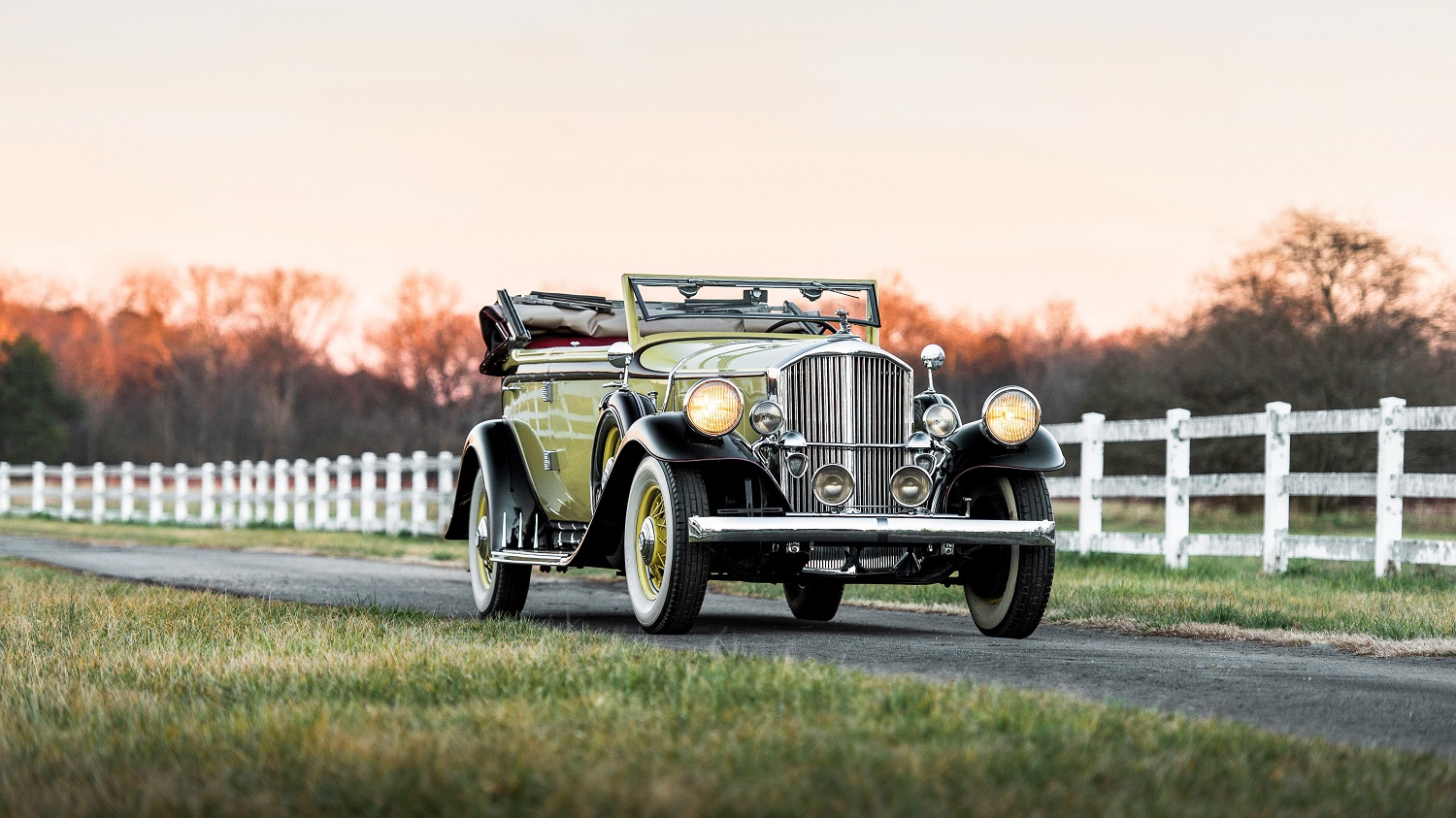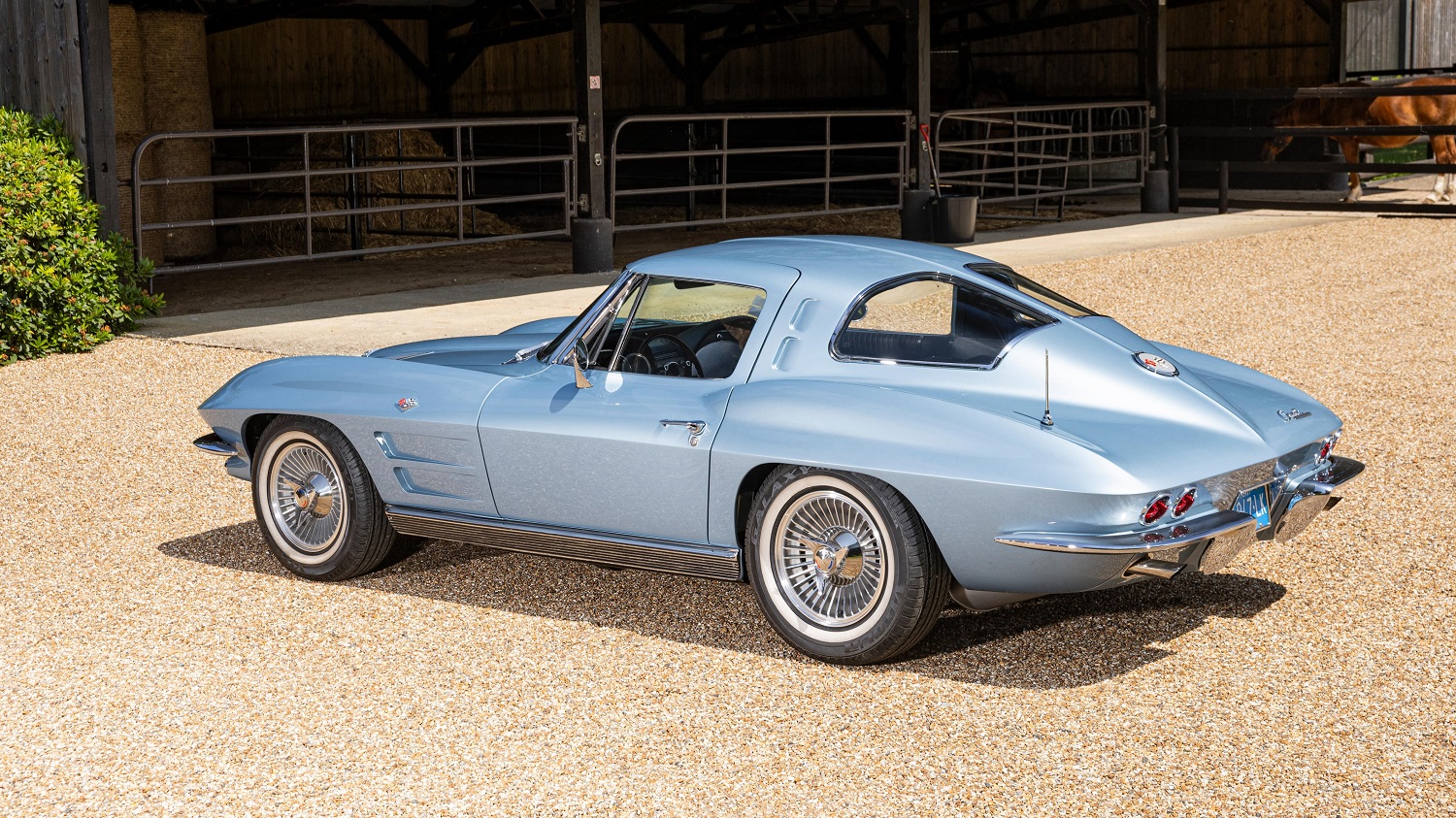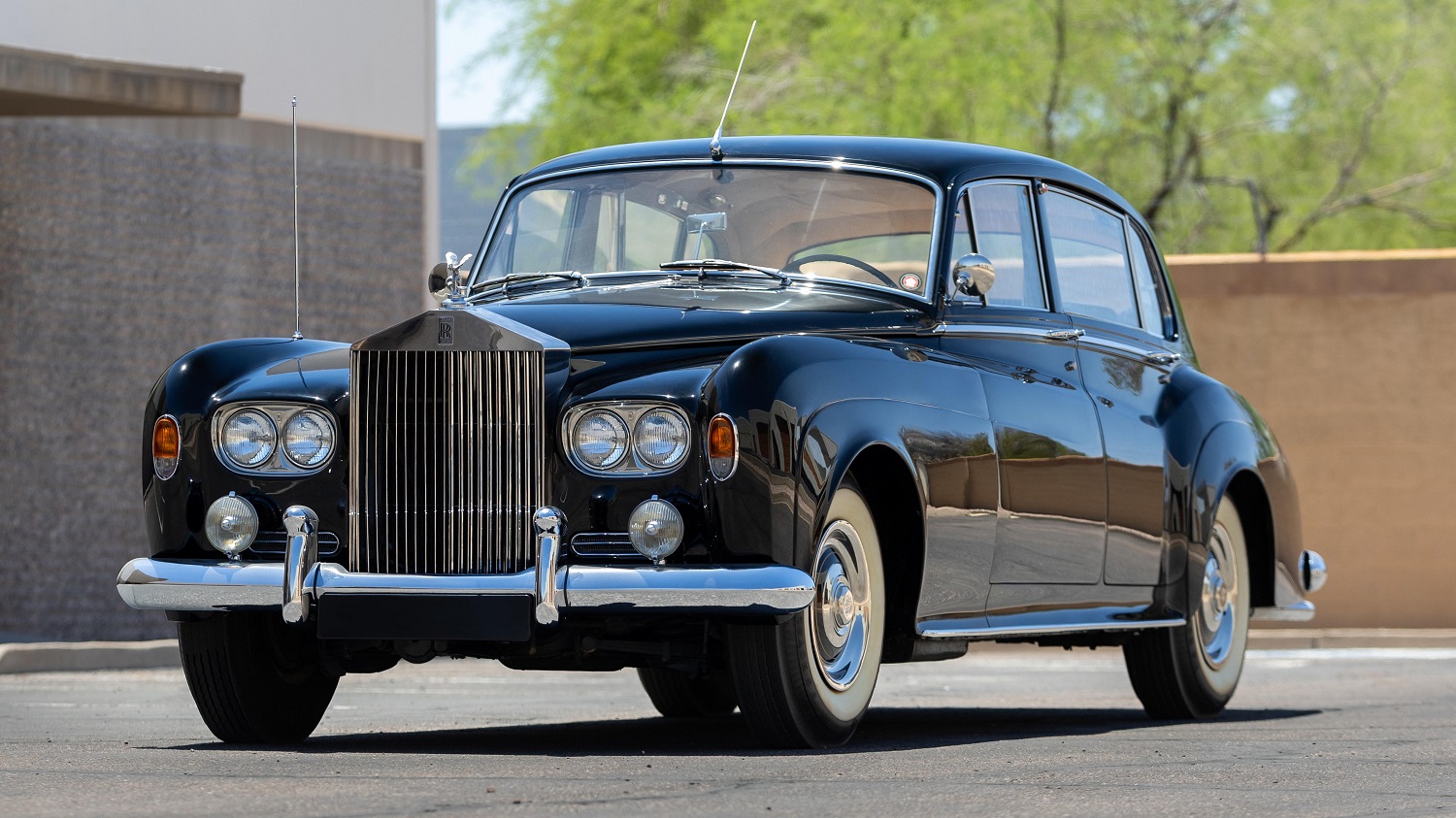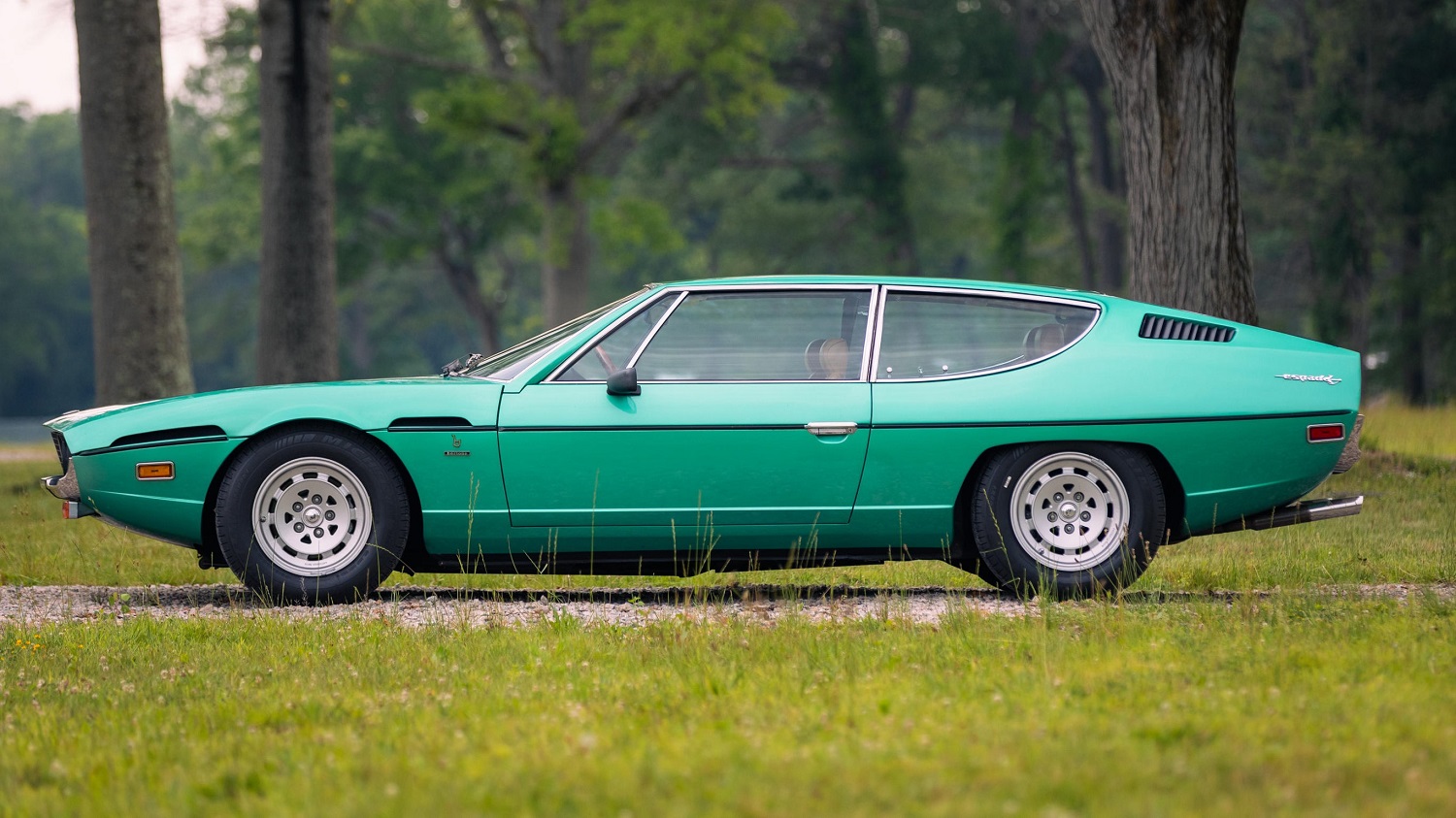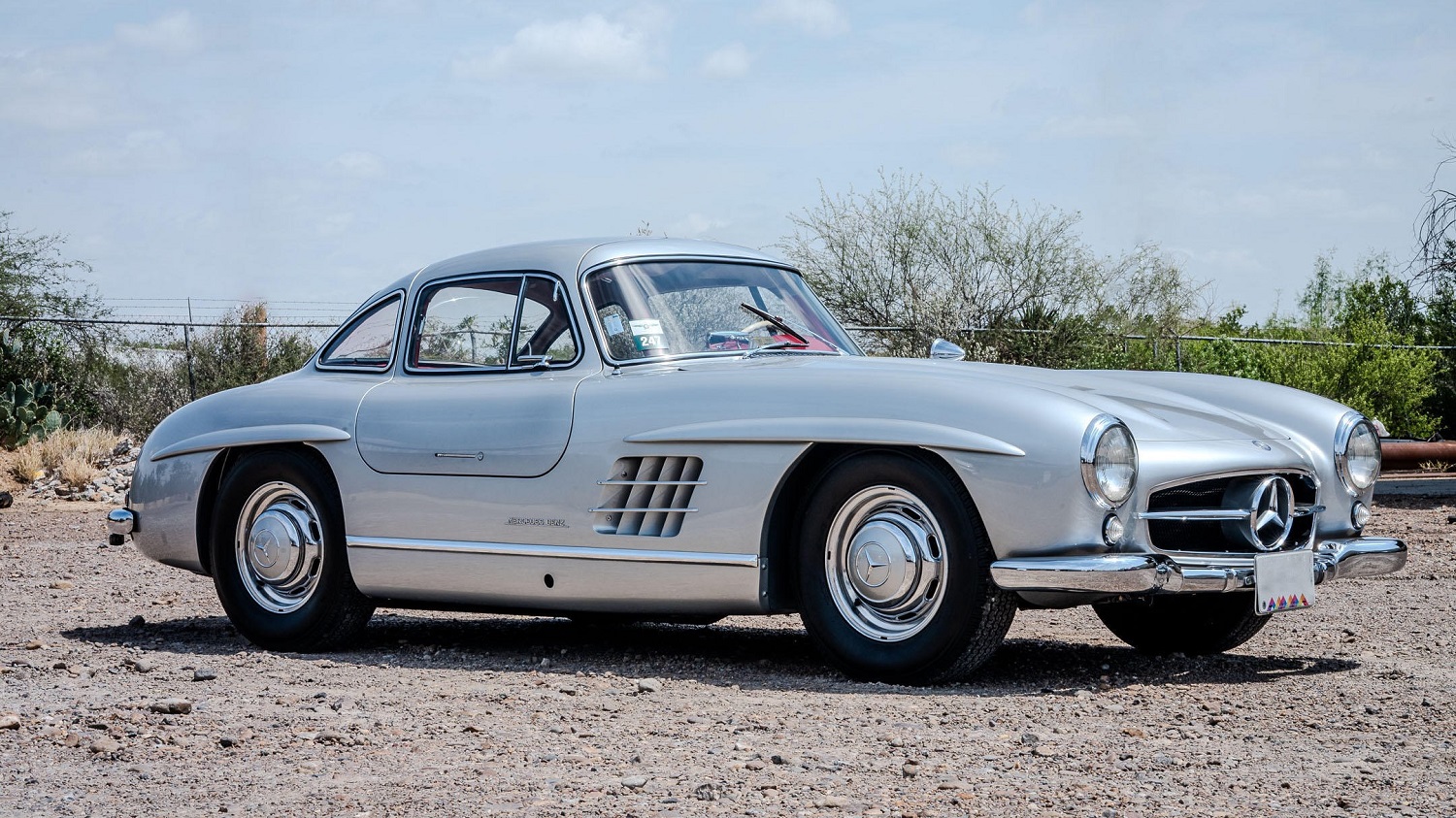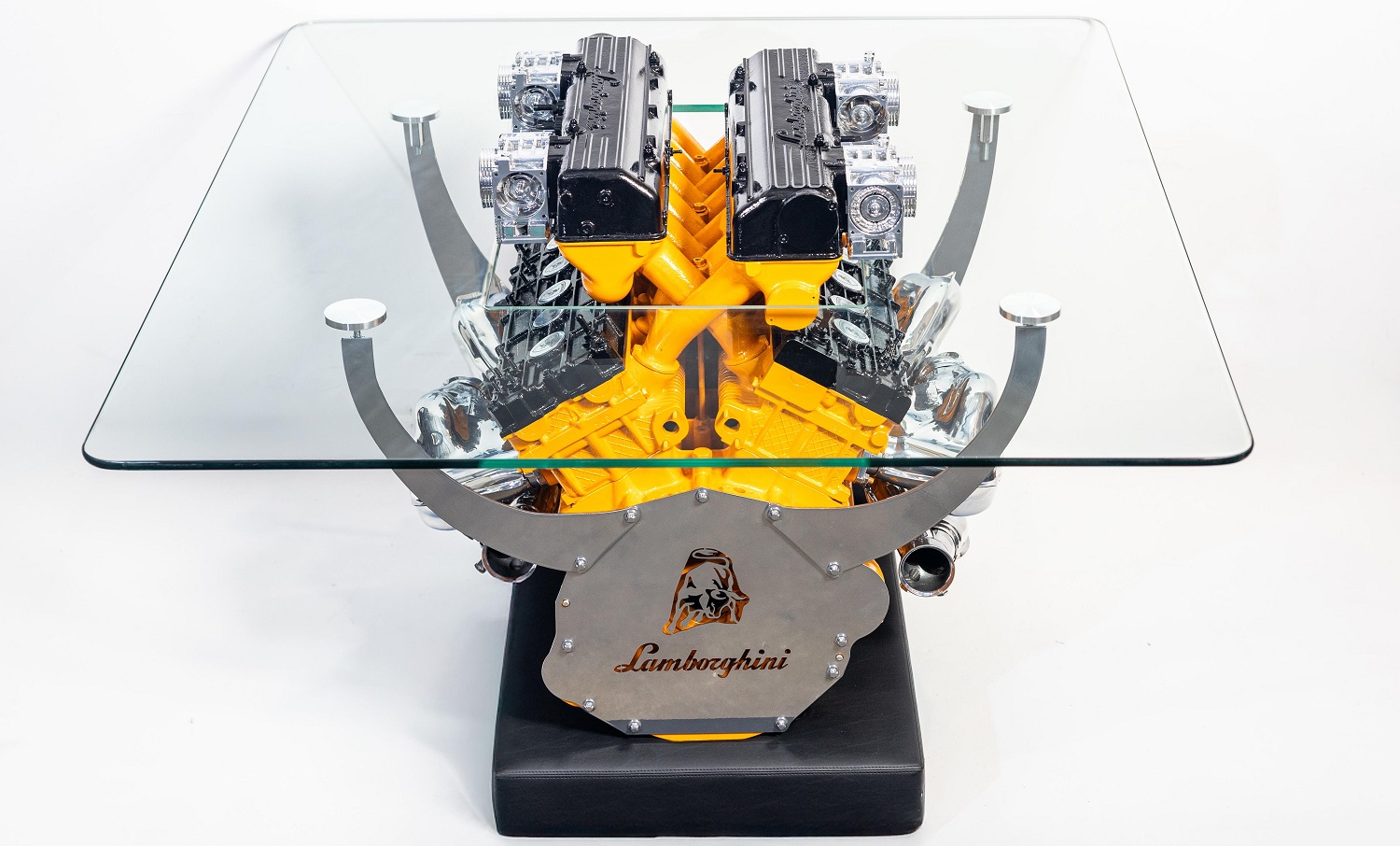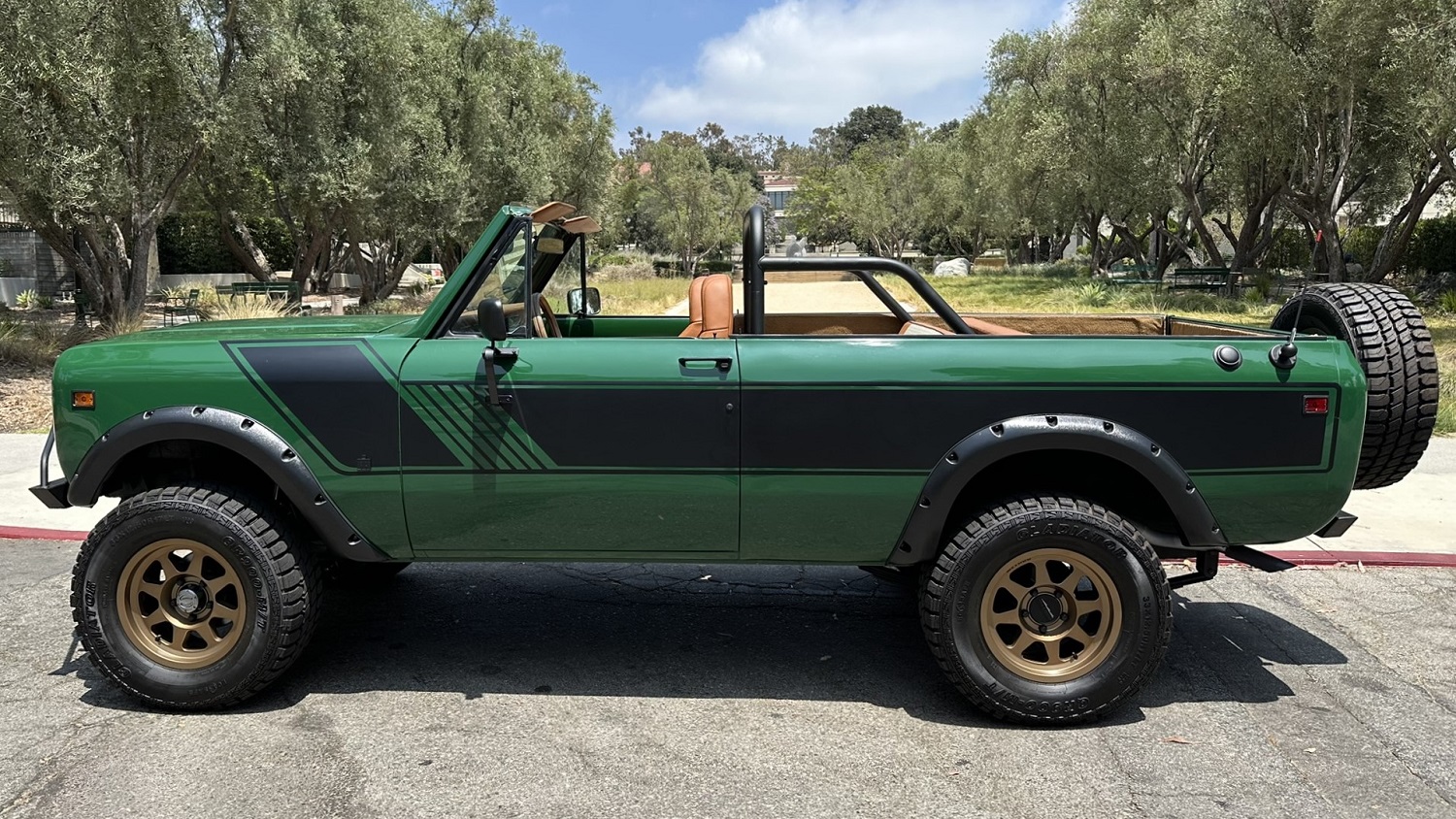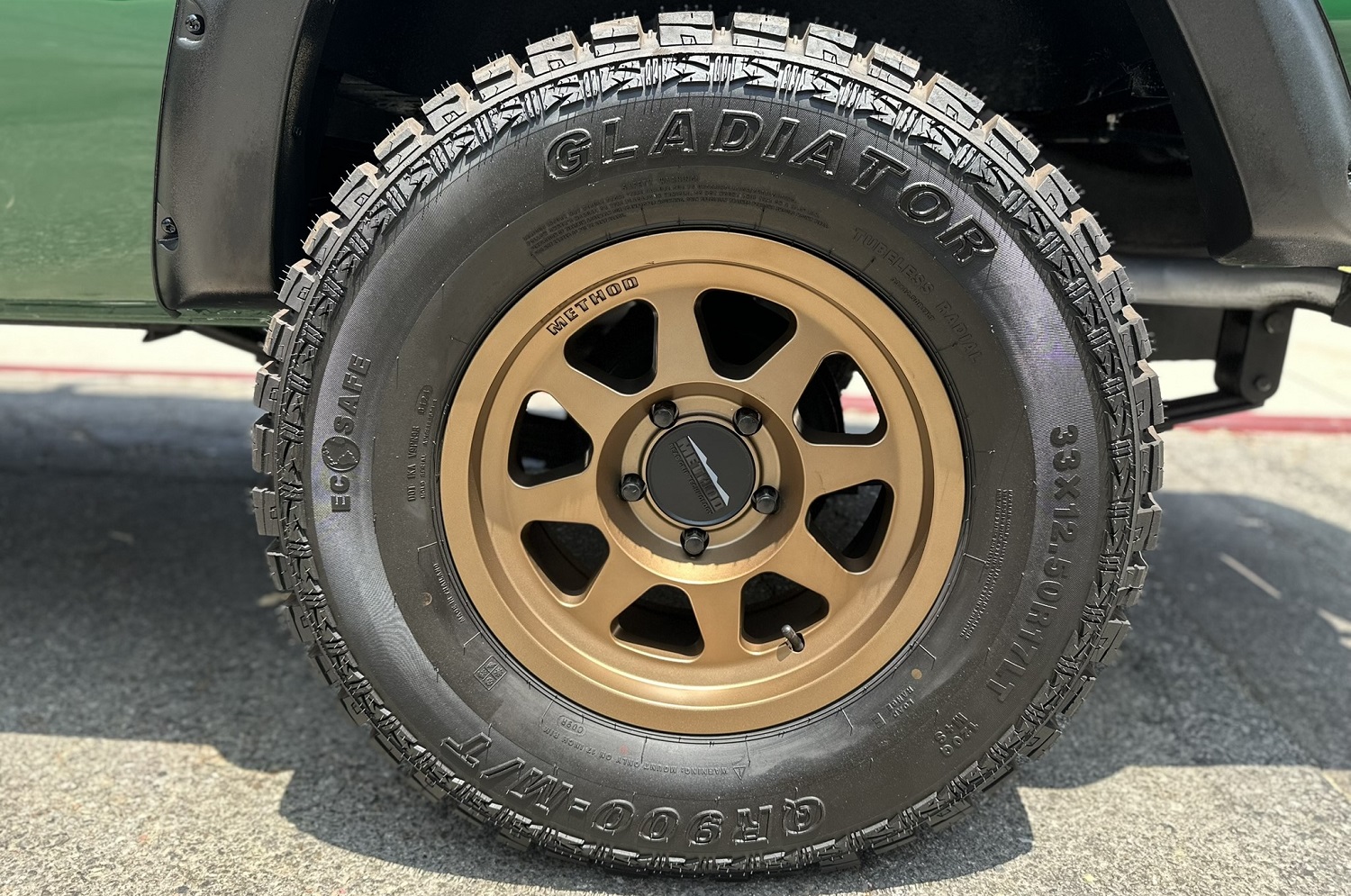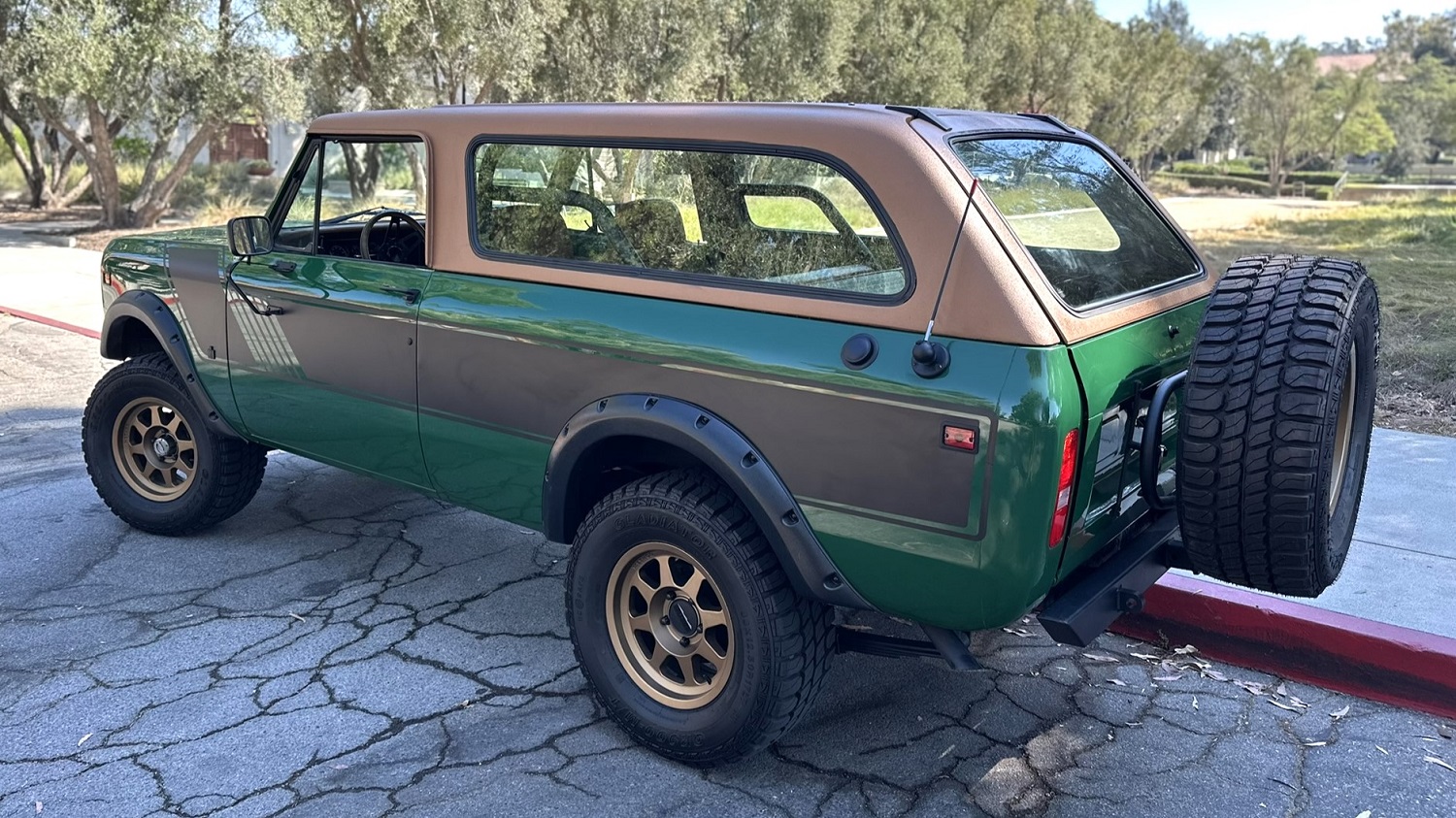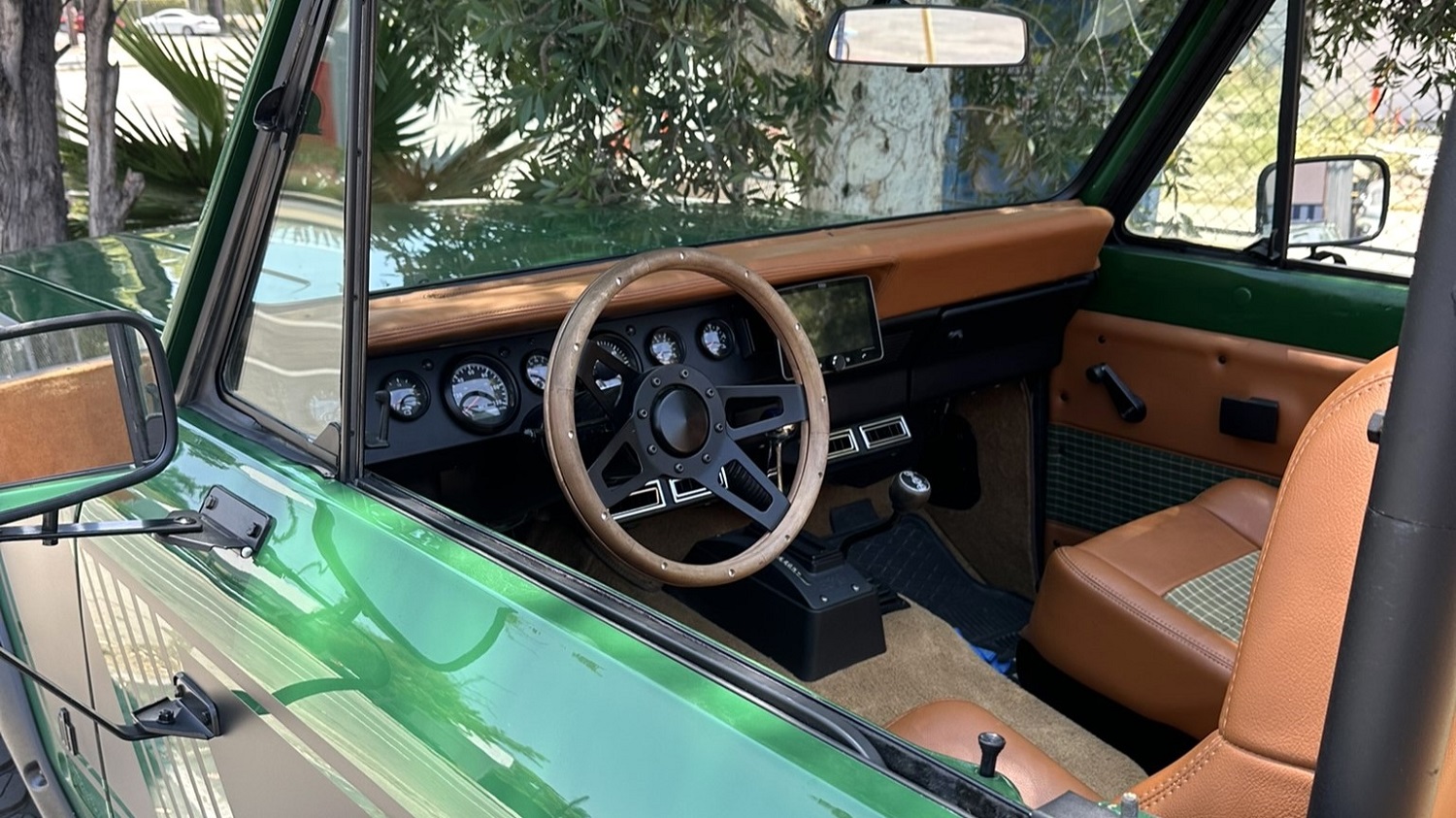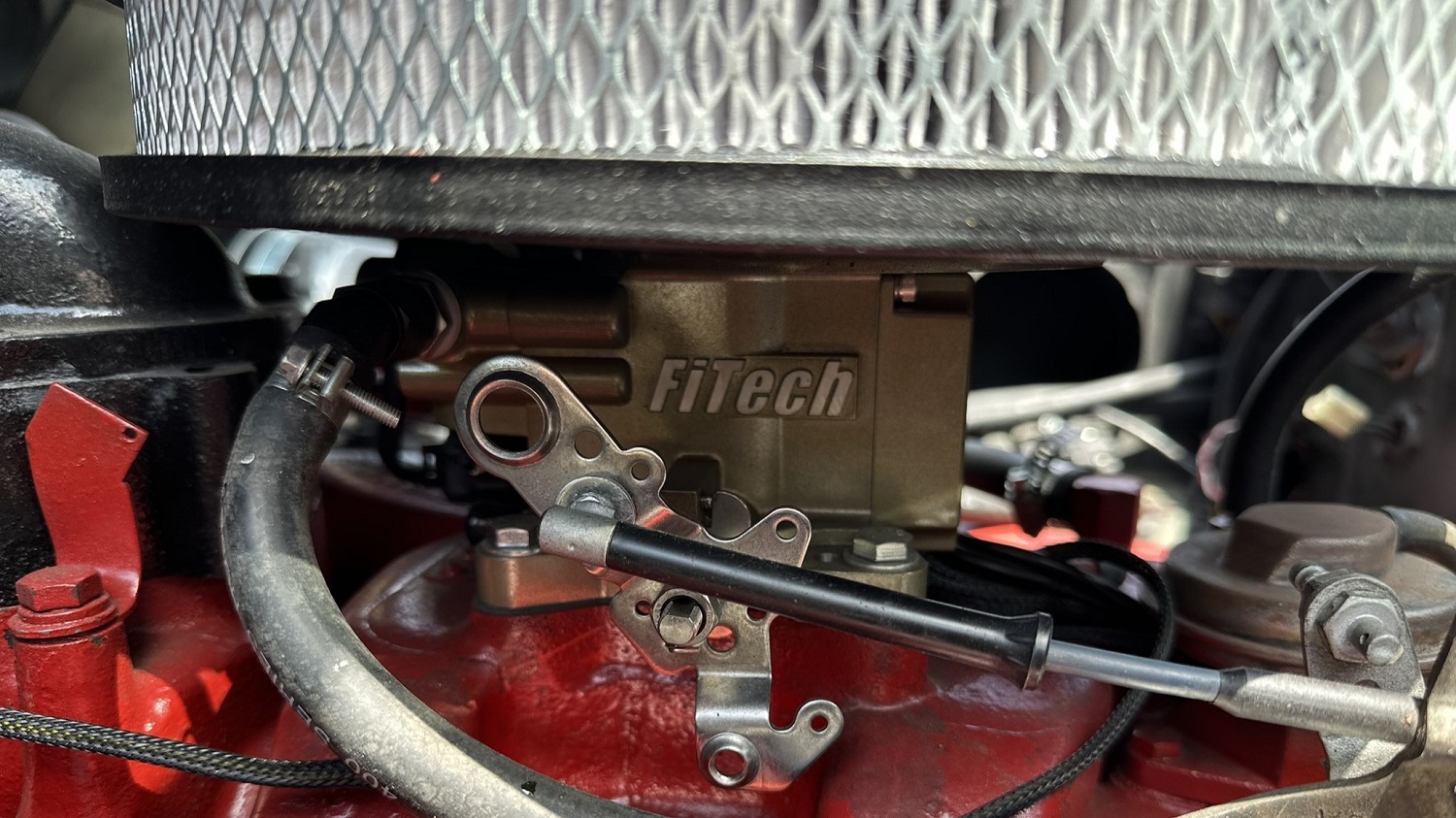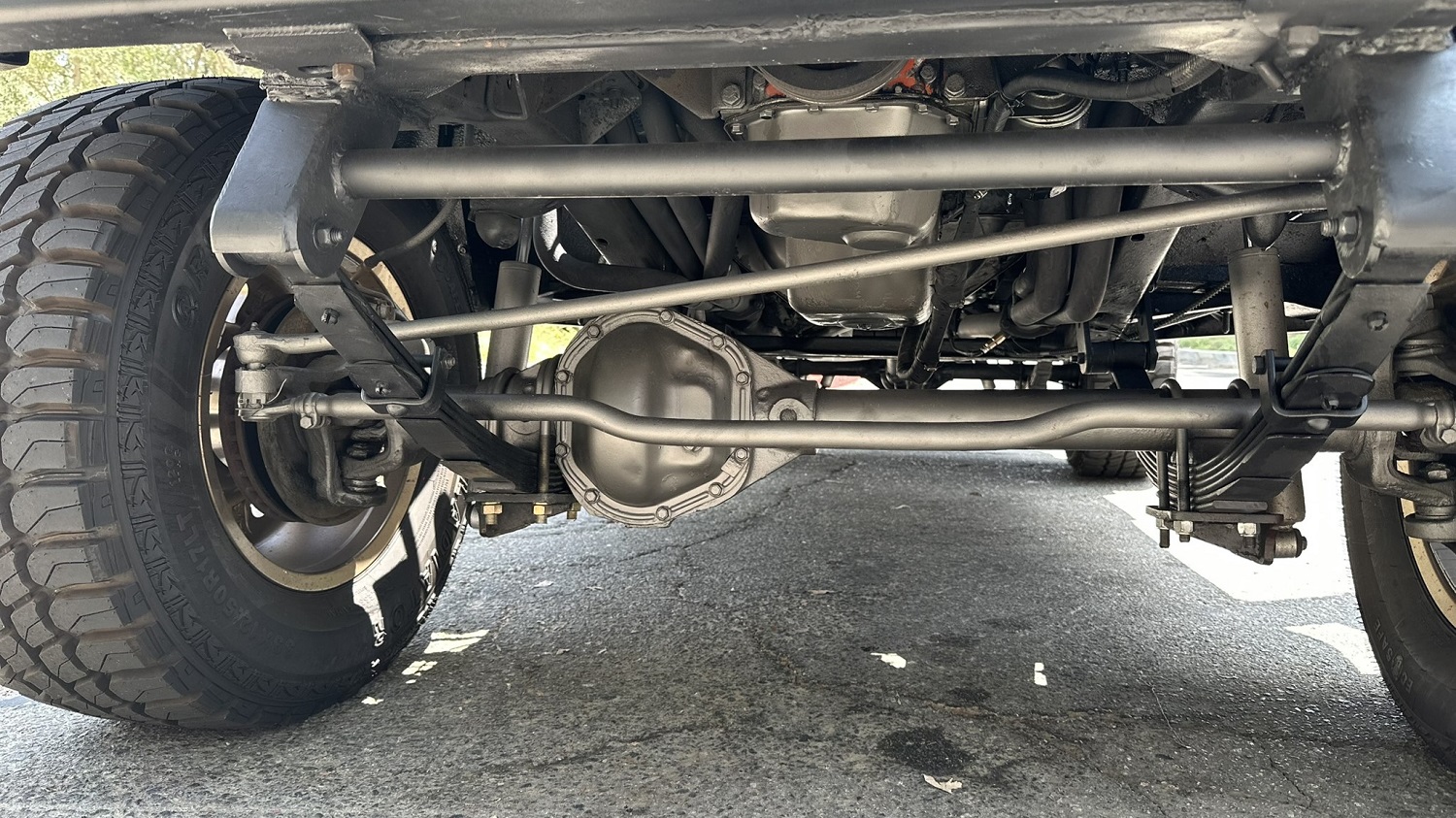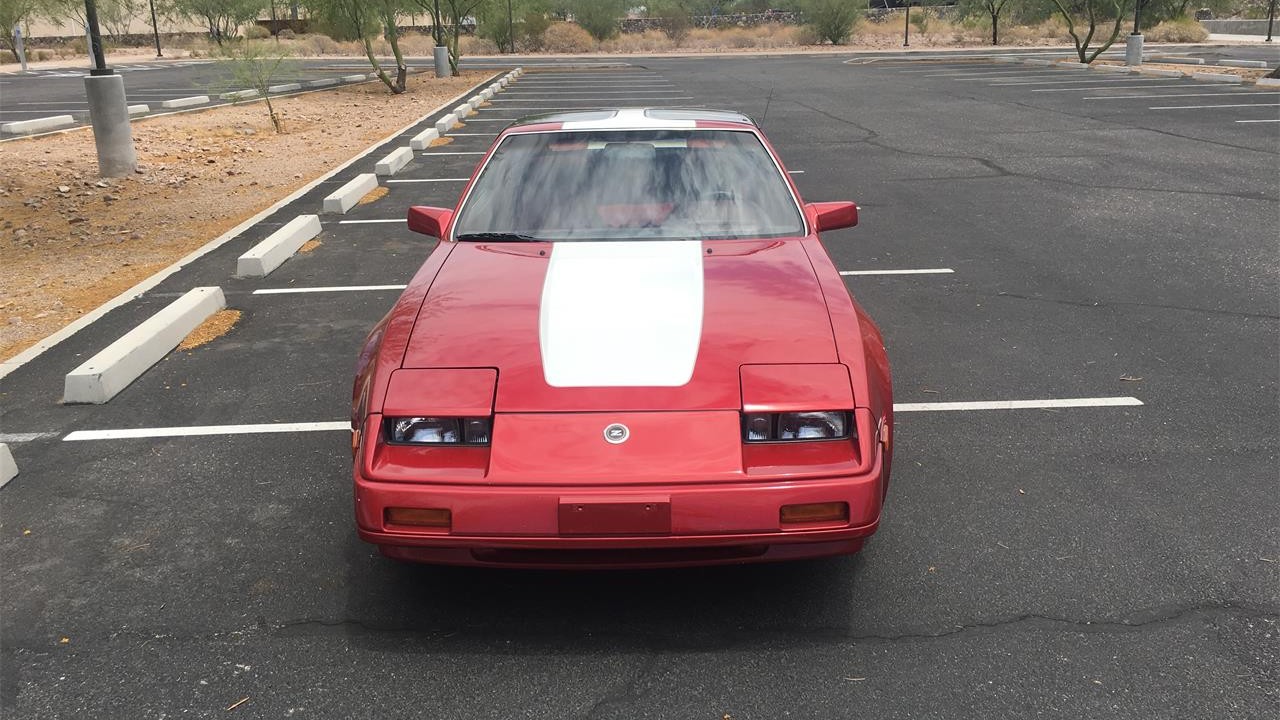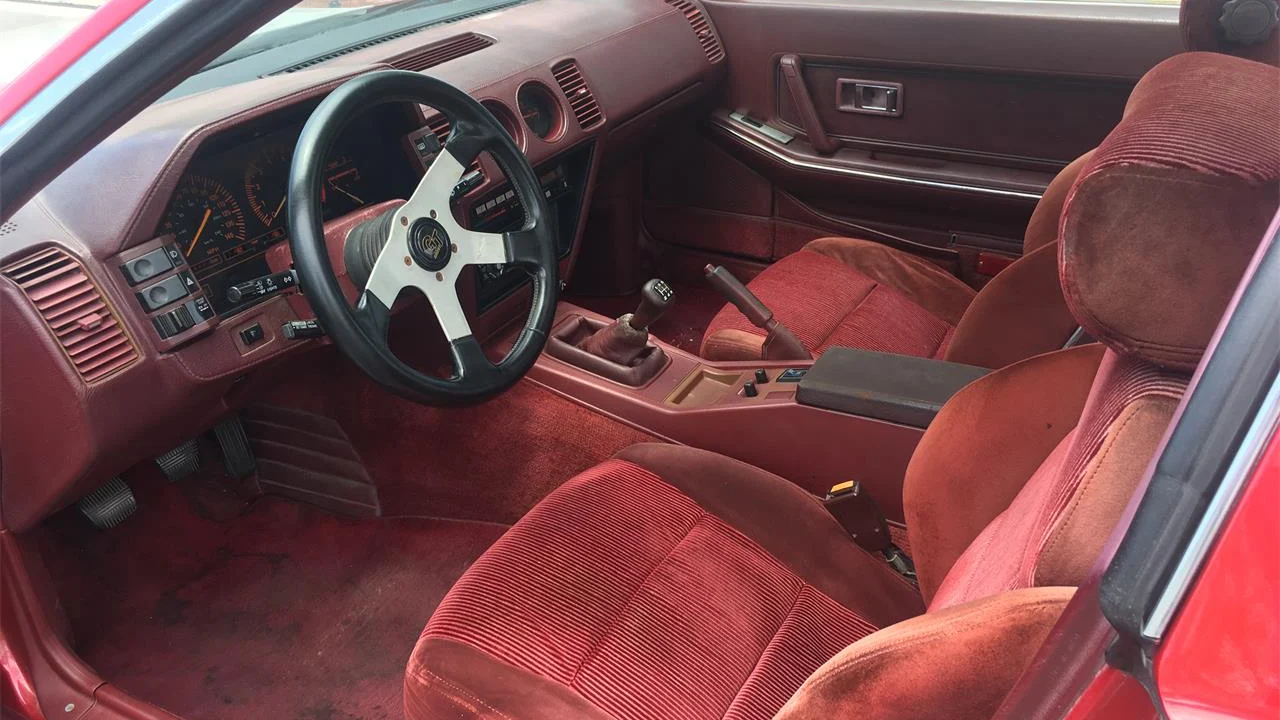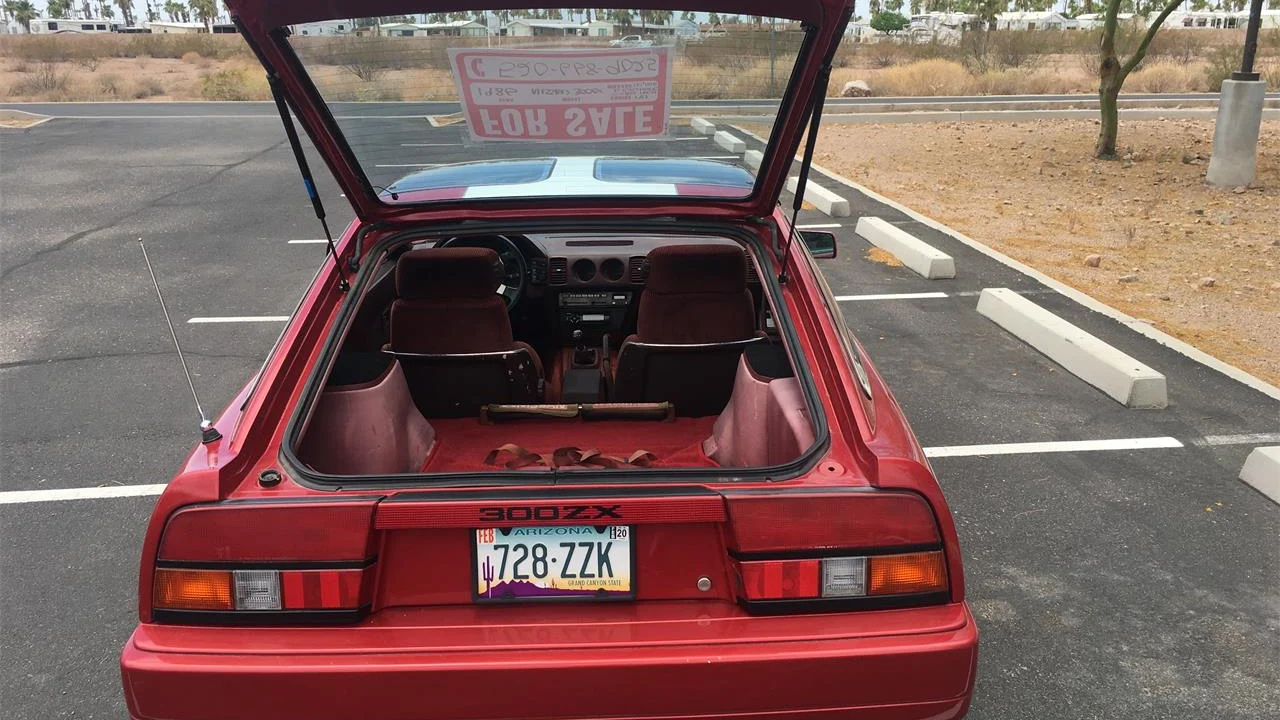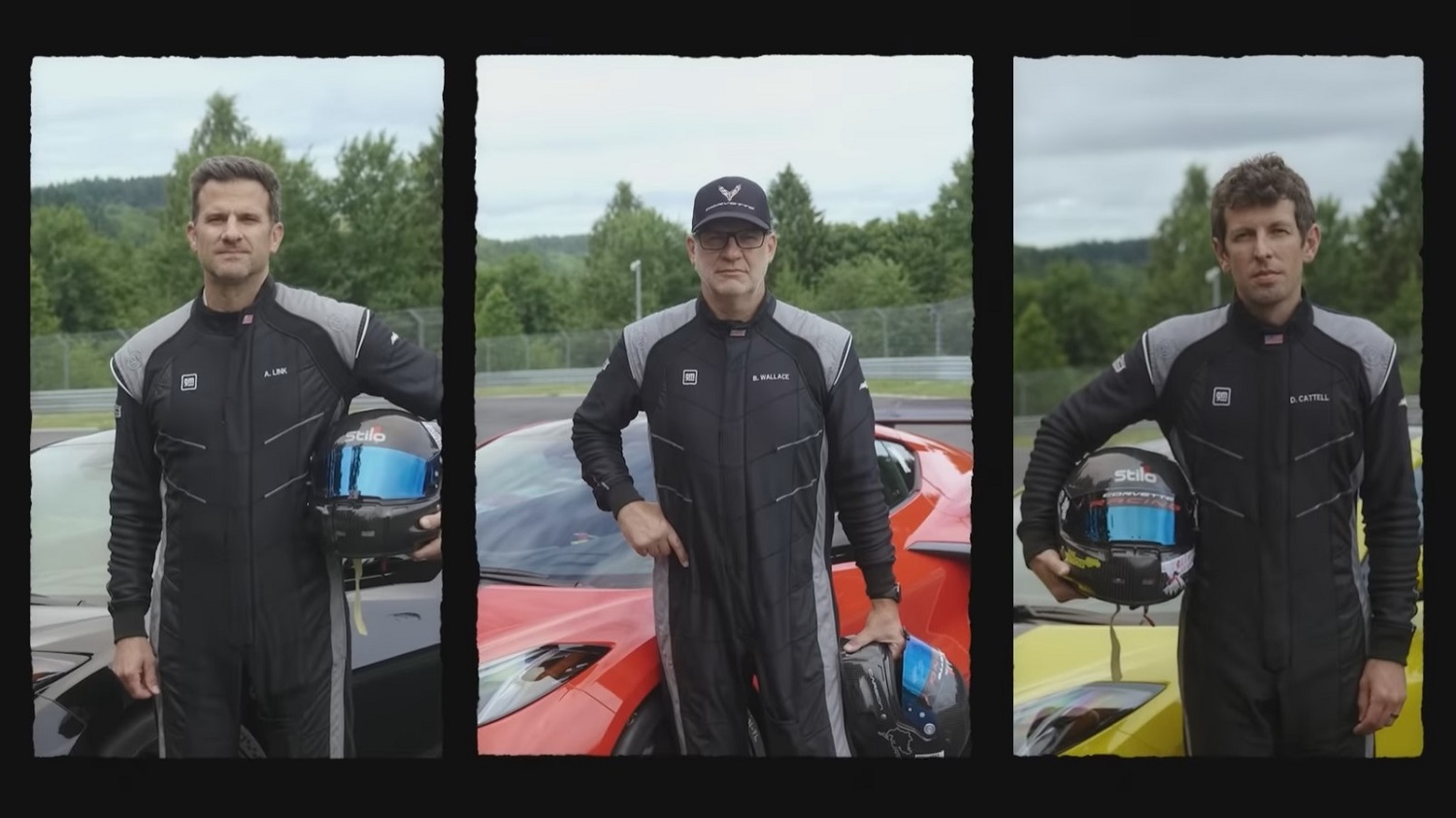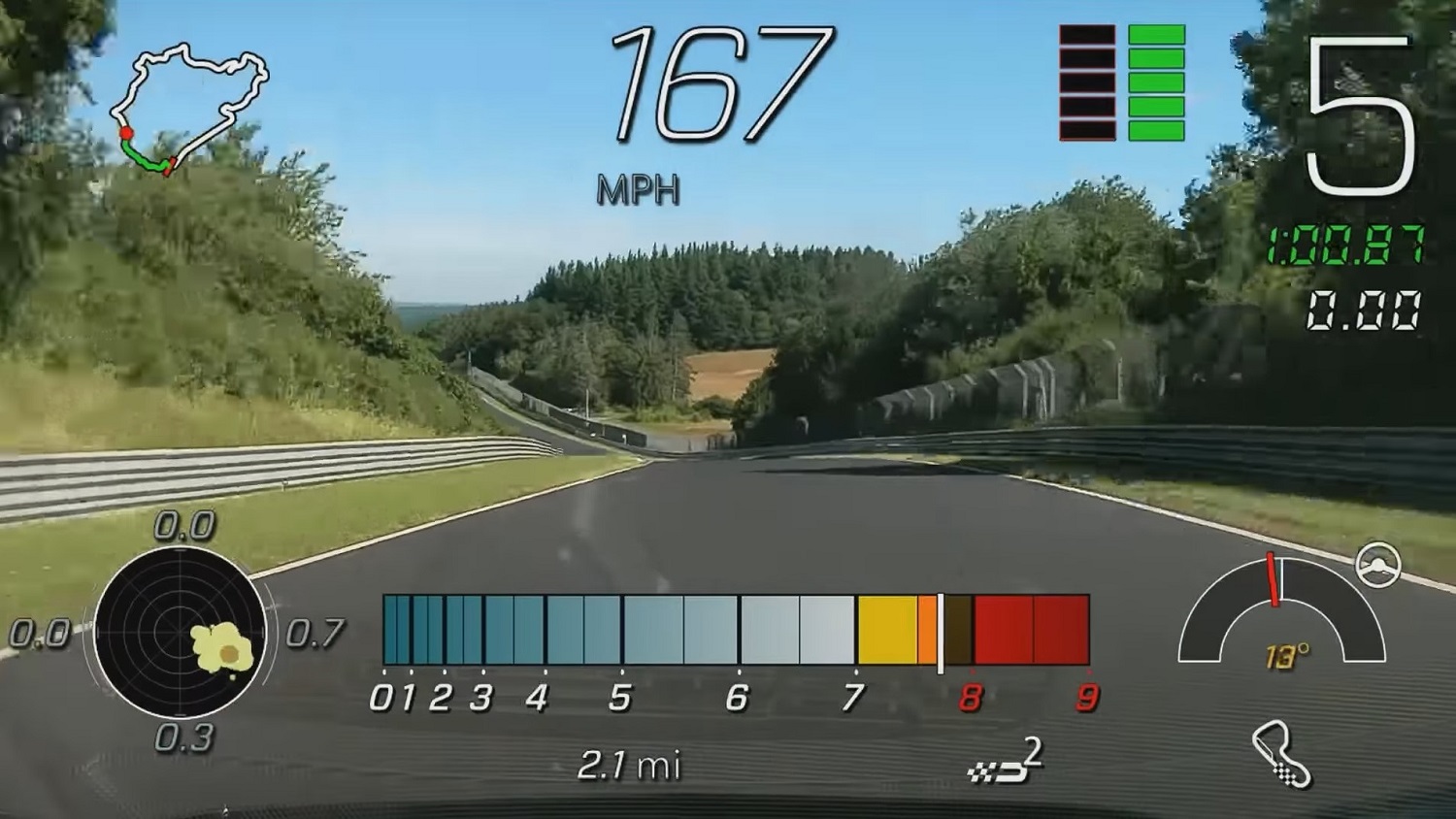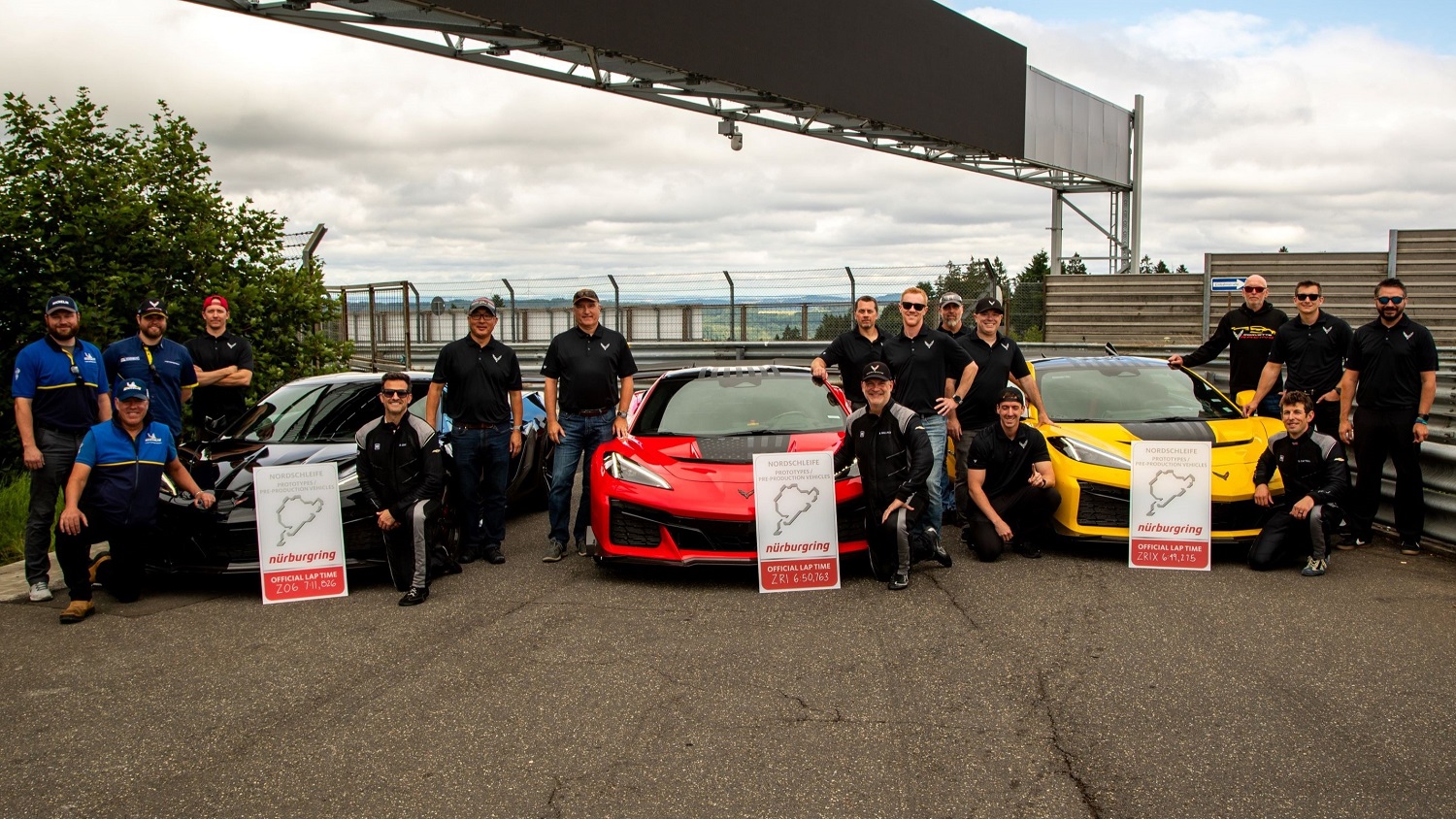If you look at used Jeep Wranglers for sale on certain sites, there’s a good chance the majority of them will have modifications of some kind. The Wranglers that fall into that group have also probably been bashed around on trails. Our Pick of the Day, a 2004 Jeep Wrangler X 5-Speed, falls into only one of those categories. You can find it listed on ClassicCars.com by a dealer in Arlington Heights, Illinois.
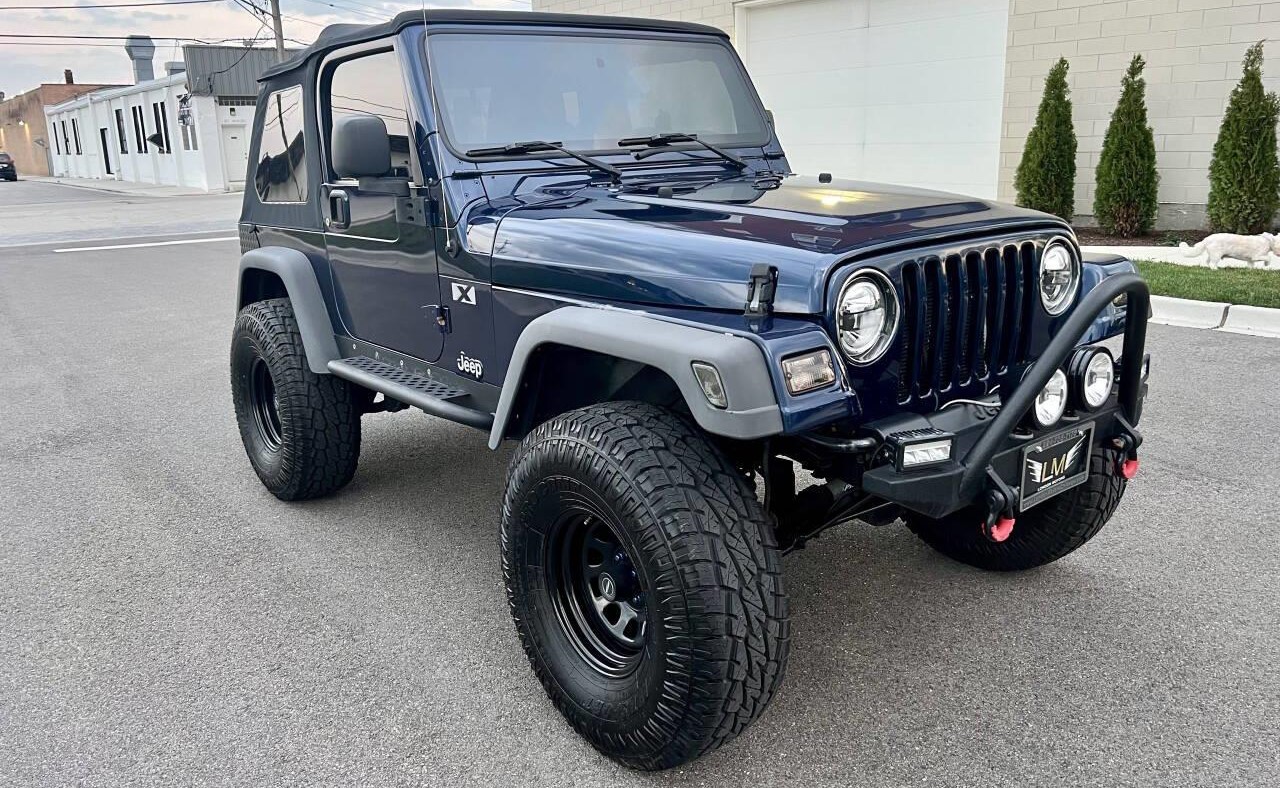
With even the quickest glace at any photo in this story, you can tell that this Patriot Blue TJ Wrangler has been upgraded with a variety of parts. According to the selling dealer, the previous owner added them. Better lighting was a big focus, so the headlights were changed to Quadratec LEDs, the front turn signals were smoked, KC LED fog lights and Sylvania flood lights were installed, and the rear setup was changed to LED tail lights surrounding a trio of LEDs.
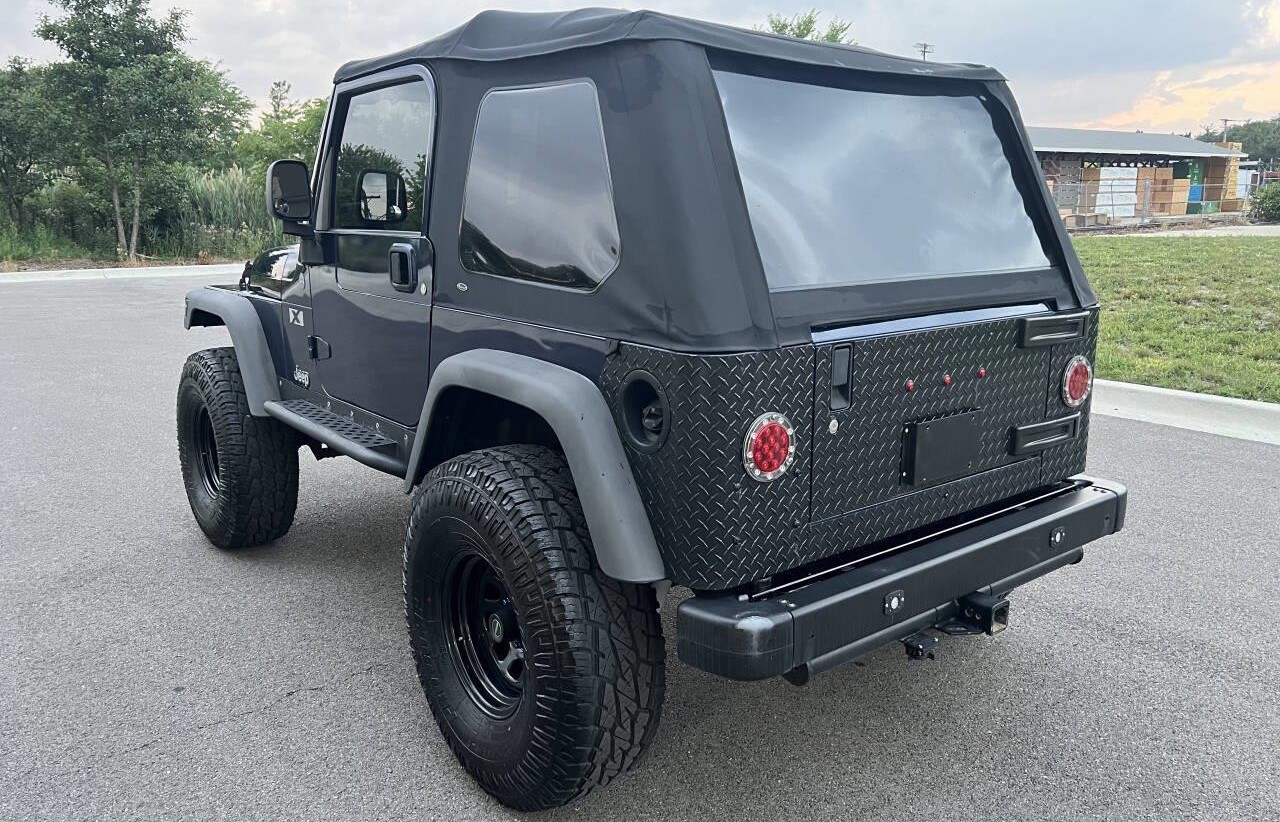
The stock front bumper was replaced with a black powder-coated steel unit from Fishbone Offroad. In place of a factory hardtop or soft top is an aftermarket slant-back soft top with plastic windows. Paramount Automotive rocker guards with integrated side steps offer body protection and convenience. The suspension has been lifted by 2.5 inches, creating more room for the new 15-inch Pro Comp wheels and a set of fresh 35-inch Pro Comp A/T tires, all of which are put into motion by the Command-Trac four-wheel drive system. At the rear, black diamond-plate body armor guards against the scratches and dents that Mother Nature has been known to leave on her 4X4 visitors.
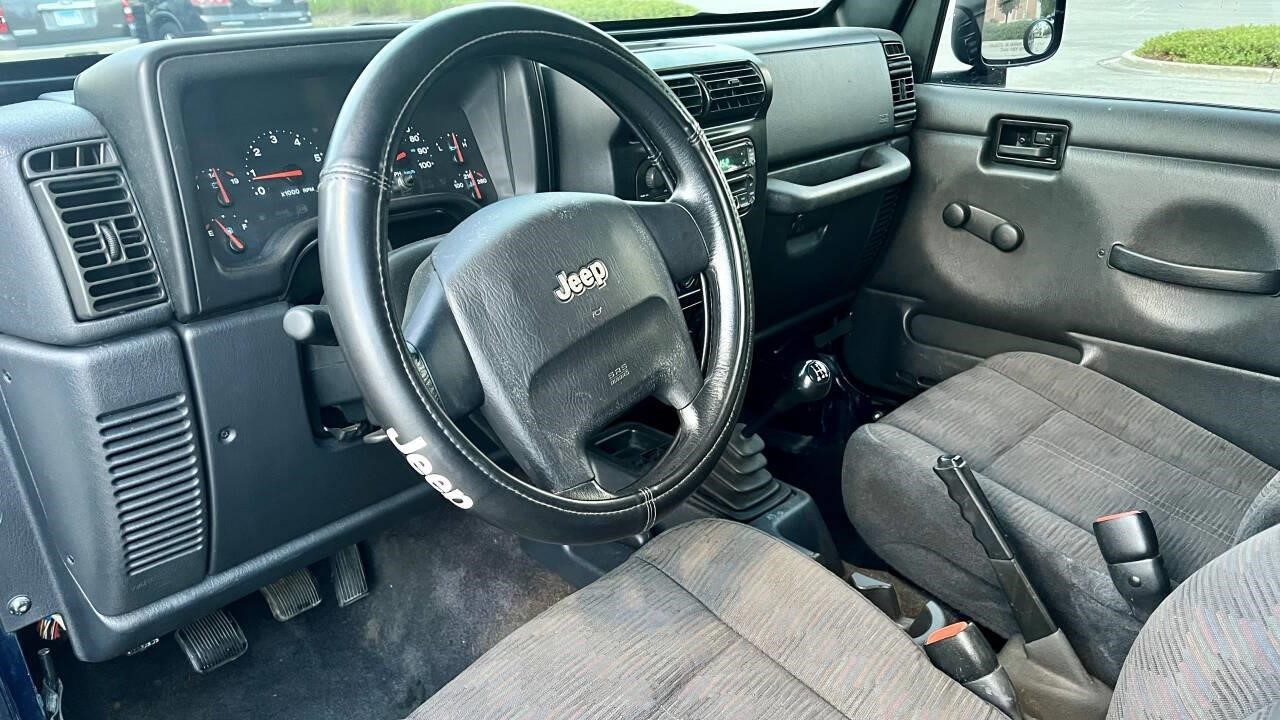
Since this Wrangler has obvious modifications, it’s easy to assume it’s been driven hard on trails. In fact, it’s quite the opposite, as the selling dealer states, “It has never been off-roaded.” Even better, the odometer shows there are only 49,035 miles on this rig. That means that inside the Khaki Santana Cloth interior, “Everything works as it should including the ice cold A/C.”
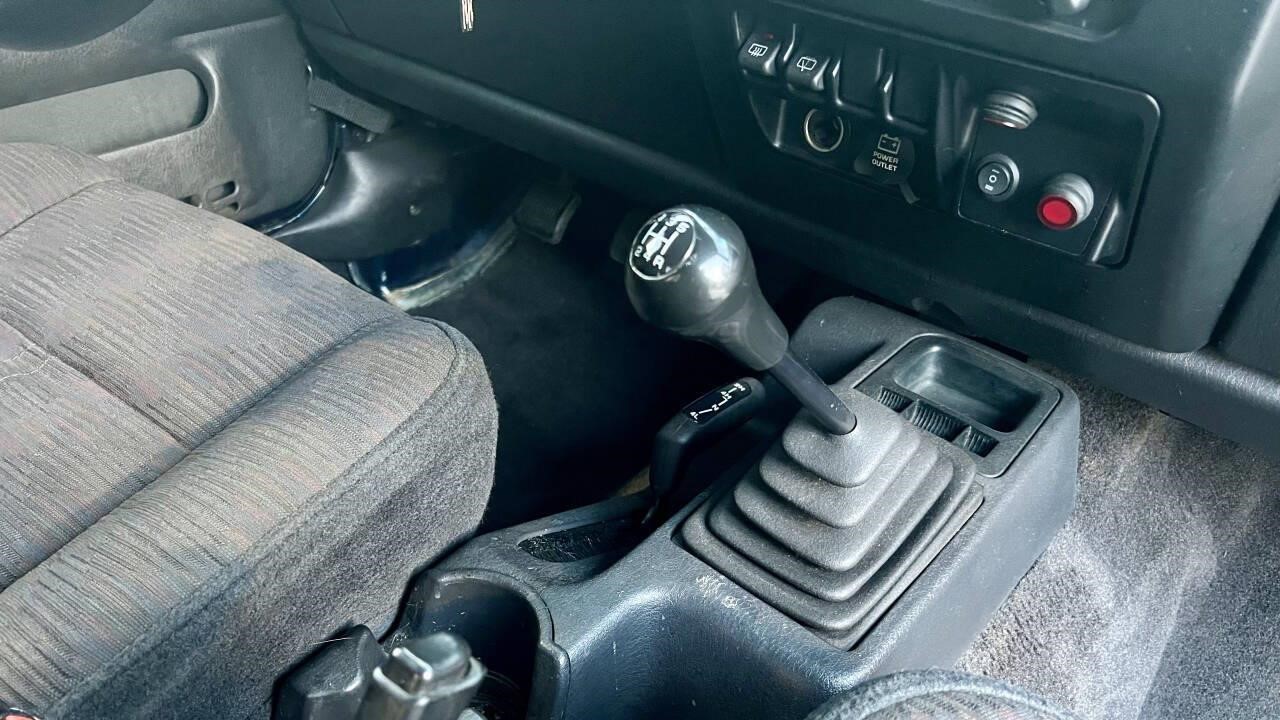
What about the Power Tech 4.0-liter I6, which was factory-rated at 190 horsepower and 235 lb-ft of torque? Or the heavy-duty five-speed manual gearbox? As the dealer puts it, “The Jeep looks, runs, and drives perfect. The transmission shifts great with no weird noises and the clutch grabs like new.”
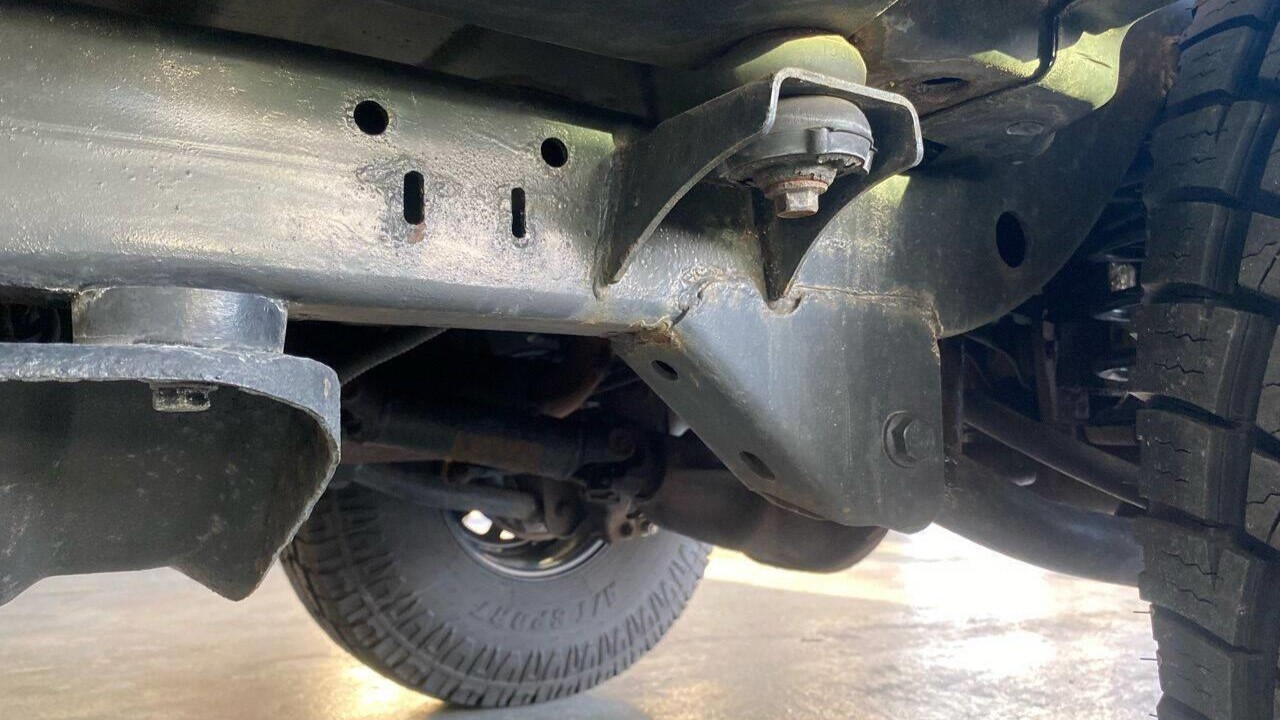
Nobody has enjoyed this 2004 Jeep Wrangler X‘s off-road goodies or put substantial mileage on it. If you want to add some real miles to this TJ and throw some mud on its tires (and bumpers, grille, doors, etc.), buy it now for $15,995.
Click here to view this Pick of the Day on ClassicCars.com










